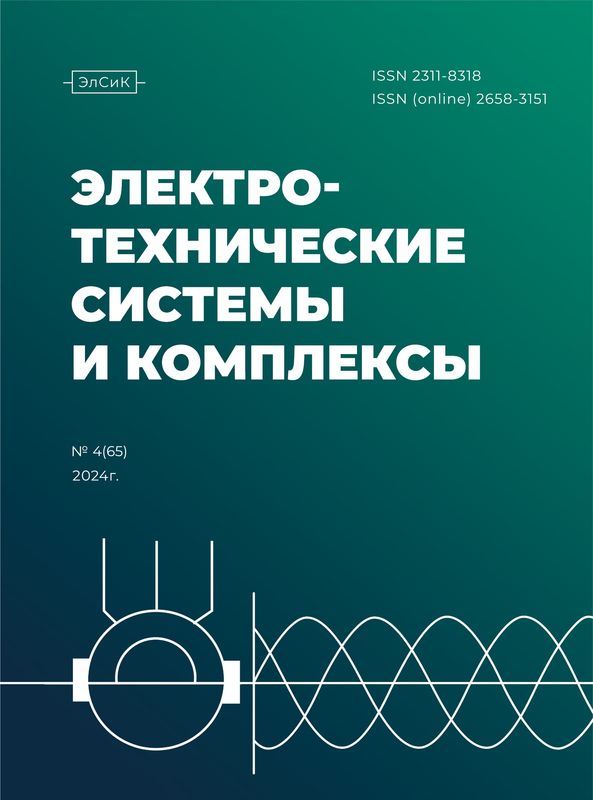Abstract
Currently, there are steady trends in the use of electric-powered public urban transport in Russia, such as electric buses and micro-electric buses. However, in large and small cities, electric transport operates with different intensity, which makes it inefficient to use the same electric buses in cities with different populations. For example, in megacities, the technical and economic efficiency of an urban public electric bus will be the best, and in small towns it will be much lower. In this regard, there is a problem of choosing the right electric vehicle with the installed capacity of the traction electric motor and the energy intensity of the battery, taking into account the conditions of its operation in a specific urban environment. In this paper, a mathematical model has been developed that makes it possible to estimate the utilization coefficient of the main electrical equipment installed capacity and its energy efficiency for various variants of electric buses oriented for urban passenger transport. The model takes into account the traffic schedule, the length and features of the route, passenger traffic, technical characteristics of the vehicle, as well as various combinations of using macro and micro buses. Modeling has shown that there may be an underutilization of the installed capacity of the main electrical equipment, therefore, the combined use of macro- and microelectric buses is the most effective in terms of specific energy consumption. The mathematical model and modeling methodology can be recommended both for specialists engaged in the manufacture of basic electrical equipment for vehicles and for specialists of organizations operating electric buses. To increase the energy efficiency of electric buses used in regional and municipal centers with different operating conditions, it is desirable to expand the range of traction electric motor capacities and energy consumption of batteries for the same types of electric buses.
Keywords
electric bus, traction electric motor, driving cycle, battery, energy consumption calculation, mathematical model
1. Mugalimov R.G., Shakhbieva K.A. Review and comparative analysis of batteries for modern electric transport. Aktualnye problemy sovremennoy nauki, tekhniki i obrazovaniya: tezisy dokladov 81-i mezhdunarodnoy nauchno-tekhnicheskoy konferentsii [Abstracts of reports of the 81st international scientific and technical conference "Actual problems of modern science, technology and education"]. Magnitogorsk, NMSTU Publ., 2023, vol. 1, 320 p. (In Russian)
2. Shtang A.A., Shchurov N.I., Panteleev V.I., Sizganova E.Yu., Prokushev Yu. Osnovy elektricheskogo transporta [Fundamentals of electric transport]. Krasnoyarsk, SFU Publ., 2008. 90 p. (In Russian)
3. Official website of PJSC "KAMAZ". Available at: http://surl.li/izwejt (accessed 01 October 2024). (In Russian)
4. Electric car NEXT electro Shuttle. Available at: https://nextelectro.ru/electric-car/shuttle (accessed 01 October 2024). (In Russian)
5. Fundamentals of calculating vehicle traffic on roads. Available at: https://road-project.okis.ru/file/road-project/LecturesOsnovy/Tema_2.pdf (accessed 01 October 2024). (In Russian)
6. Kravets V.N. Teoriya avtomobilya [Automobile theory: textbook]. Nizhny Novgorod, Publishing house of NSTU named after R.E. Alekseev, 2013. 412 p. (In Russian)
7. Determination of the streamlining factor of the car. Available at: https://vikidalka.ru/2-61736.html (accessed 01 October 2024). (In Russian)
8. Determination of car parameters during preparation of initial data. Available at: https://lektsii.org/15-67426.html (accessed 01 October 2024). (In Russian)
9. Yutt V.E., Stroganov V.I. Elektromobili i avtomobili s kombinirovannoy energoustanovkoy. Raschet skorostnykh kharakteristik. [Electric cars and cars with a combined power plant. Calculation of speed characteristics]. Moscow, MADI Publ., 2016. 107 p. (In Russian)
10. Shakhbieva K.A., Mugalimov R.G., Mugalimova A.R. Methodology for Selection of Main Electrical Equipment for an Autonomous Vehicle. Elektrotekhnicheskie sistemy i kompleksy [Electrotechnical Systems and Complexes], 2023, no. 4(61), pp. 27-37. (In Russian). doi: 10.18503/2311-8318-2023-4(61)-27-37
Shakhbieva K.A., Mugalimova A.R., Mugalimov R.G., Andreev S.M. Comparative Analysis of Capacities, Battery Energy Consumption and Energy Efficiency of Macro- and Micro-Electric Buses During Operation in Urban Environment. Elektrotekhnicheskie sistemy i kompleksy [Electrotechnical Systems and Complexes], 2024, no. 4(65), pp. 78-83. (In Russian). https://doi.org/10.18503/2311-8318-2024-4(65)-78-83










